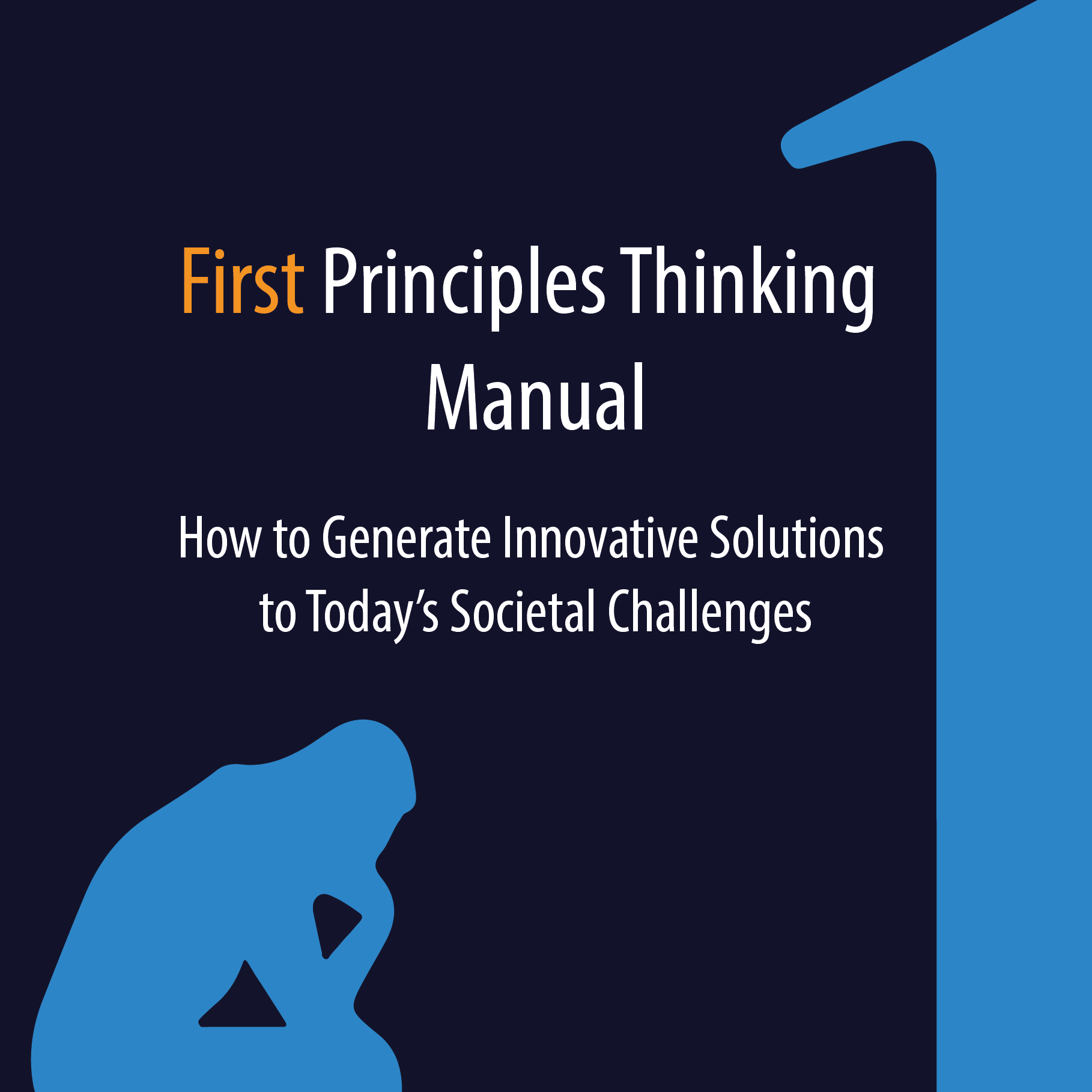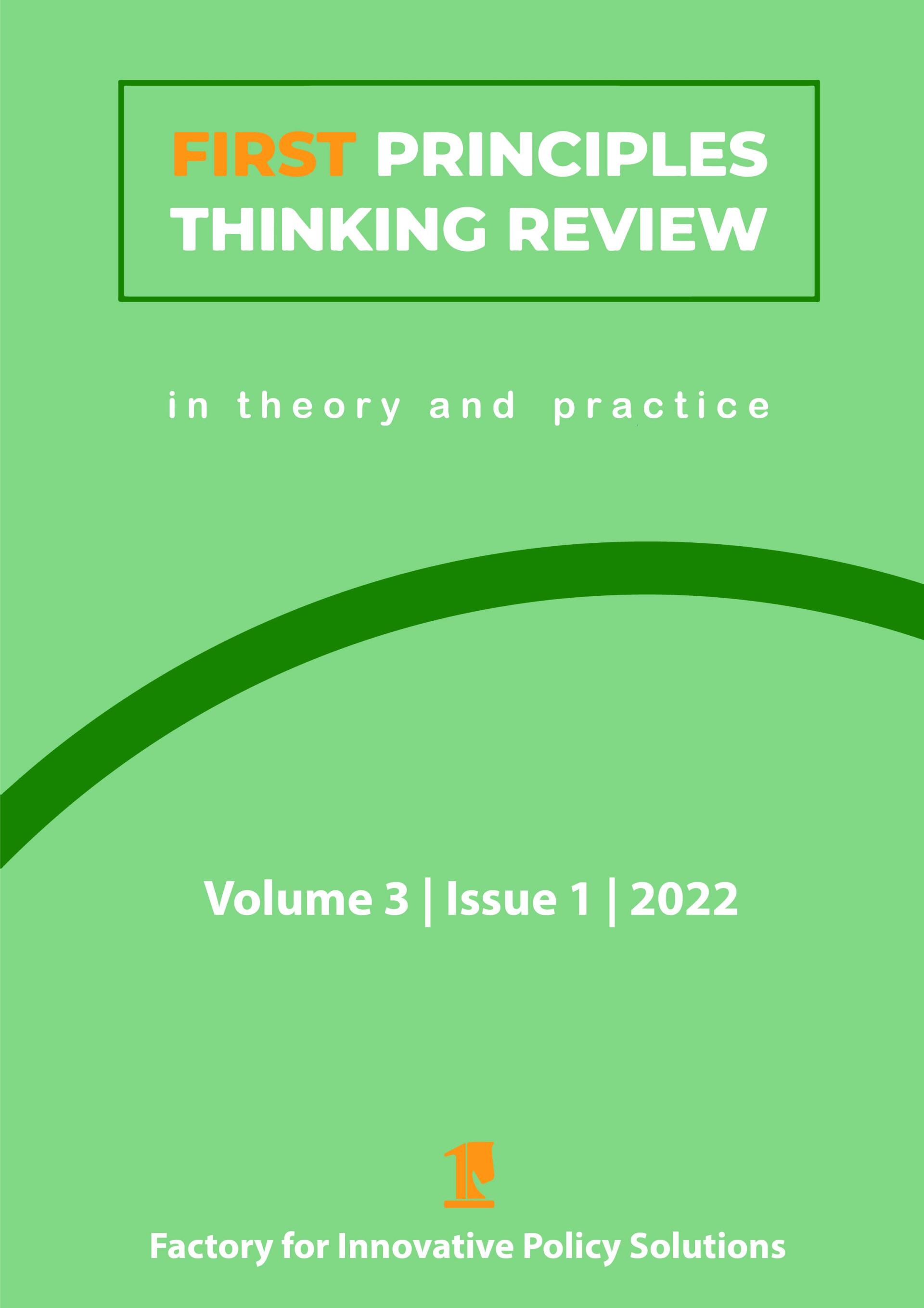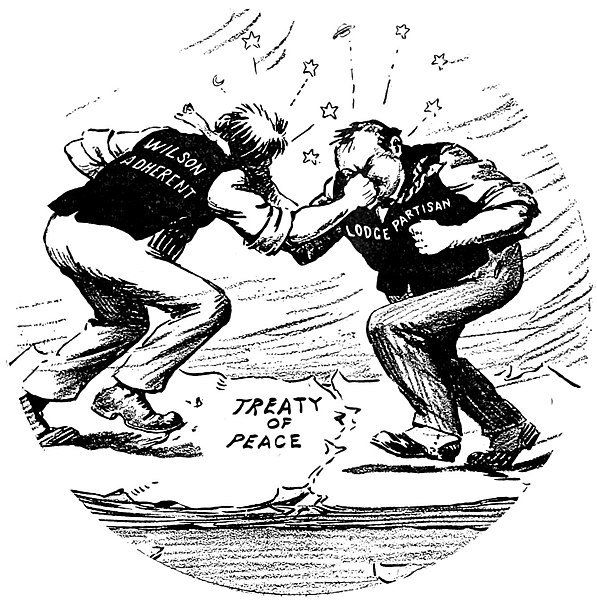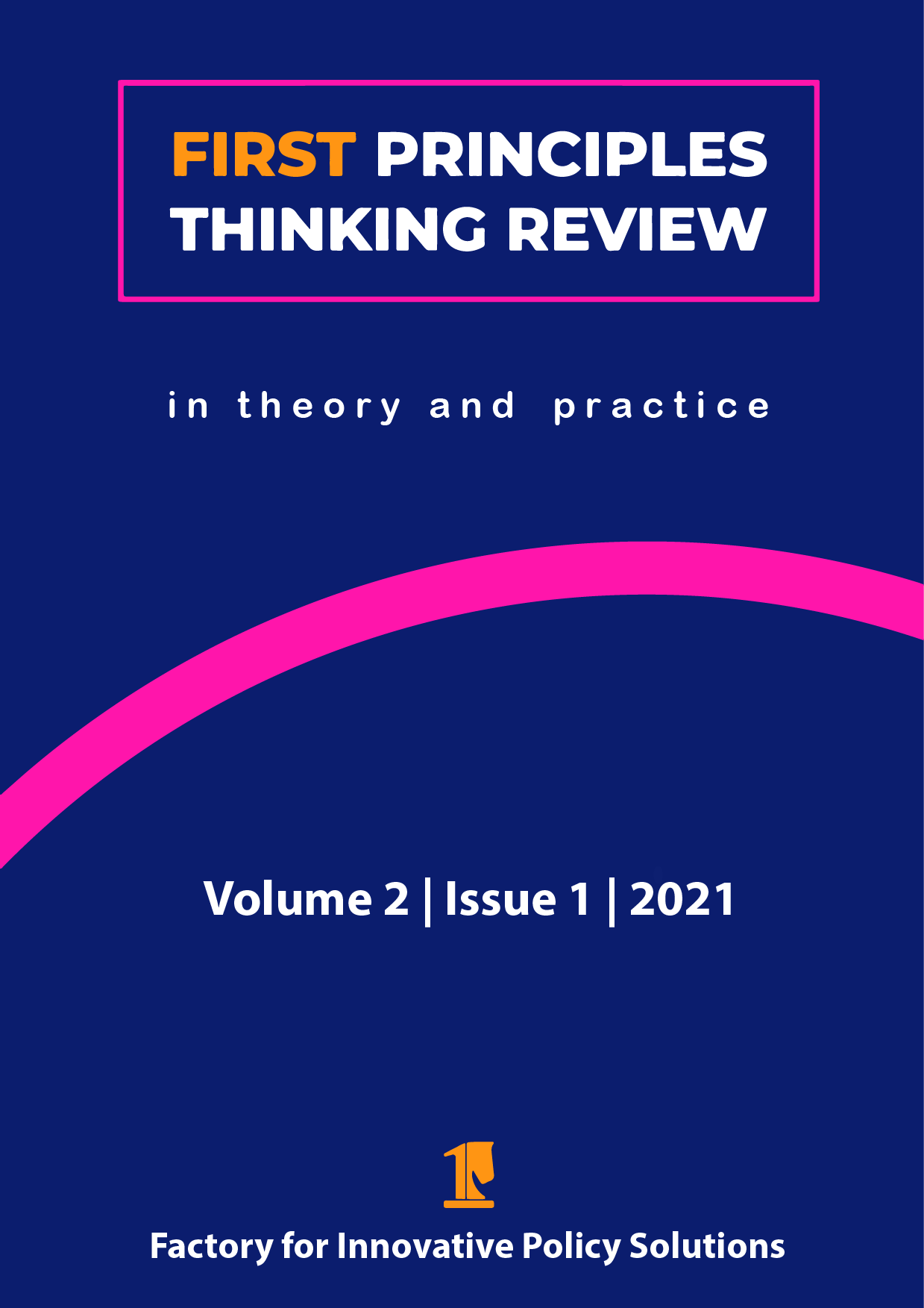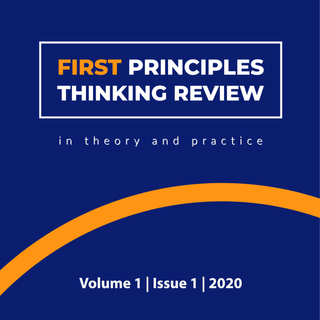The First Principles of Taking Responsibility for Your Health
It is one of the paradoxes of the twenty-first century. Approximately, 11 percent of the people on earth are undernourished(UN, 2020), and 13 percent of the world population is suffering from obesity, often even in the same country(WHO, 2020b). How is this problem growing and what are possible solutions to shrink it? The following article will examine the issue of nutrition and health, and attempt to uncover the obstacles, before reasoning to a possible solution for the issue at hand. In order to demarcate the area, this article will focus on the metropolitan area in the Netherlands called the Randstad. The area consists of the four largest cities of the country - Amsterdam, Rotterdam, The Hague and Utrecht - and all the smaller cities in between. This diverse region makes it quite representative for many urban areas in the world and will hopefully offer solutions that can be used elsewhere.
Introduction to the problem
The WHO even has classified the issue of obesity as an epidemic in 2017. Where in the past obesity was a ‘first world problem’, nowadays, the increase of overweight and obese people is 30% quicker in developing countries than in developed countries(WHO, 2020a). In a post created by the World Bank, they argued that “as countries develop, diets diversify into more nutritious foods (though sometimes slowly ), but they also diversify into unhealthy foods like soft drinks”(Headey & Alderman, 2019). One of the prevalent causes of this issue is because of the unequal distribution of commodities and wealth(WHO, 2020b); however, the issue of obesity also arises from an underlying problem: People do not take responsibility for their health by means of their nutrition, in the Randstad. All over the world, obesity is becoming a bigger problem by increasing the cases of noncommunicable diseases, such as diabetes, heart diseases, strokes and cancer(WHO, 2020c). Solving this issue cannot only assist in the eradication of hunger because of a better distribution of the existing nutrition, but also in the improvement of people’s health in general.
The ideal objective is that people take responsibility for their health by solely consuming nutrition that is beneficial to their health, for which we will use ‘an apricot’ as an example. For unhealthy nutrition, we will use ‘the muffin’ as an example. For readability purposes this article will not follow the first principles thinking steps to the letter. It will combine the identification of both the assumptions and first principles, which are derived from an obstacle, in one section. This way it will be less mechanical and easier for you to follow along to the solutions!
Obstacles that are blocking our objective
As first principles thinking dictates, in order to find promising solutions for this issue and to achieve the objective, we first have to uncover the obstacles that are in the way of our objective. When examining the issue, a few obstacles come to mind.
Unawareness
The first (1) obstacle I see is that perhaps people do not know what nutrition is (un)healthy for them. In the Netherlands, lessons about nutrition and the effects are not explicitly taught in primary or secondary school, aside from biology lessons(WUR, 2016). Moreover, the Netherlands, and especially the metropolitan area of the Randstad, is very multicultural(CBS, 2019). This means that if people do not depend on schools but their parents for information about nutrition, then there are many different perspectives and starting points to teach about nutrition and its health effects.
Cost effectiveness
The second (2) obstacle I see is that unhealthy nutrition is often cheaper than healthy nutrition, especially when you are not preparing it yourself. An example here is that a hamburger costs €1,- at a well-known fast-food chain, but a side salad is €1,95(Snack Nieuws, 2016). People do not only make a decision based on the nutritional value but also on the monetary value of the product, especially when they are not well off and need to make conscious decisions on what they spend their money on.
Time efficiency
Lastly (3), it is easier to prepare unhealthy nutrition compared to healthy nutrition. Often, unhealthy nutrition is easy to prepare because you only have to, for example, reheat it. However, this does not necessarily make it unhealthy because of the cooking method but because of the salts and sugars that are added to make it taste better.
With such a complex issue, there are
likely to be many more obstacles in place, especially depending on the location
that you are looking into the issue. However, for this article, the focus will
be on the obstacles mentioned above. This will also help in following the line
of reasoning.
Assumptions and first principles
These three obstacles lead me to take a look at my assumptions. Personally, I think the first obstacle - people do not know what nutrition is (un)healthy for them - has two different assumptions. The first one is that people are not interested in their health. The second assumption is that people think that nutrition has no effect on their health, which is, in my opinion, a classic case of the Dunning-Kruger effect (when people think they are more knowledgeable on a subject than they truly are, and act accordingly)(Kruger & Dunning, 2000).
The first principle we can derive from the
assumptions might be a bit obvious, but I think necessary to mention: people
are not taught enough about the effects of nutrition on their health, in
primary and secondary school. This first principle is for both the first and
the second assumption because when people learn more about a subject, they
often realize how much they do not know. We could dig deeper to why this is not
in the school’s curricula, but for this exercise we will leave it here because
it displays a good enough first principle to work with.
For the second obstacle - unhealthy
nutrition is often cheaper than healthy nutrition – there are a few assumptions
at hand. The first assumption I think is the obstacle itself. Is unhealthy
nutrition really cheaper compared to healthy nutrition, or is it relatively
cheaper? For example, one hamburger is as expensive as one or two pieces of
vegetables, but do they both leave you as satisfied? Another example is that
the actual costs of the nutrition might not be so high, but the taxes on the
products are. Depending on the product, this way healthy nutrition can become
more expensive than unhealthy nutrition.
Often, the cost of labor with healthy nutrition (the apricot) is higher, compared to unhealthy nutrition (the muffin). Often unhealthy nutrition has additional ingredients to enhance the flavor or smell, such as sugar, salt and fats(WHO, 2018). This way the unhealthy nutrition is much easier to make in larger quantities because these added ingredients disguise the fact that the actual substance is not that great. With healthy nutrition, usually, they are hardly processed ingredients that take much time to cultivate, for example, a farmer growing its apples. A first principle we can take from these assumptions is that unhealthy nutrition is cheaper to make because of the possibility to make it in larger quantities with less labor.
The last obstacle - it is easier to
prepare unhealthy nutrition compared to healthy nutrition – ties back into the
previous obstacles
[1] a bit. To me, it is a big assumption that unhealthy nutrition is easier to
prepare than healthy nutrition. It is more likely that people simply do not
know how to prepare food, which makes it easier to heat some unhealthy
nutrition in the microwave or even order it to be delivered (as a majority of
the take-out food is quite unhealthy). What is one of the key ingredients to
cook your own food? Besides possessing some basic knowledge about cooking, most
important is that they need time to do it. Especially the latter is something
that people nowadays have a shortage of and/or are unwilling to spend on their
nutrition as they are rushed with work, a social life, children and other
duties. This causes people to take out more, and use prepared food that only
has to be heated.
If we would go a bit deeper, we could
wonder why people think it is less important to prepare yourself a healthy and
nutritious meal, than for example to have a bigger social life or work more? In
the West and especially in the Randstad, people are very focused on pursuing a
career as quickly as possible and have very many friends, as the way of
thinking is that then you are successful (and maybe even that then you will be
happy). Moreover, because it is the most densely populated area of the
Netherlands, there is ample possibility to take out different types of food
(even some healthy ones). Lastly, housing is more expensive in the big cities,
which often makes the kitchen very small and impractical. This all makes it
less likely that people want to spend much time on cooking and more likely that
they order or take-out food.
Conclusions from the analysis and possible solutions
So, what can we conclude from these obstacles and first principles that we have discovered and how can we work towards a solution? Here we make a division between what the government can do or what private people can do. For the government, the first solution to me would be that in the schools there should be a more structural focus in children’s education on the benefits of nutrition on health. By doing this, people would learn more about the topic, and gain more skills in order to cook their own food. Additionally, people would become more aware of the risks related to unhealthy eating habits, such as heart and vascular diseases.
Another major improvement would be that
unhealthy nutrition is moneywise simply not the easiest option. This can be
done by taxing for example nutrition with high sugar or fat quantities. The
other way around, unprocessed healthy nutrition can be taxed less, which would
make it cheaper compared to unhealthy nutrition. When people need to make a
decision in their budget for what type of food they will buy, healthy nutrition
should be the sensible option.
What people themselves living in the
Randstad, or society at large, can do is being made aware that they do not
necessarily need to choose between having a career and a good social life, and
eating proper nutritious food. One solution would be if they buy healthier food
when they do take out, another would be that they start cooking for friends
because cooking is the best for other people, so it matches greatly with having
a good social life!
References
CBS. (2019, August 30). Bevolking;
geslacht, leeftijd en nationaliteit op 1 januari
. Retrieved July 26, 2020, from CBS:
ttps://opendata.cbs.nl/statline/#/CBS/nl/dataset/03743/table?fromstatweb
Headey, D., & Alderman, H. (2019, July 23). The high price of healthy food … and the low price of unhealthy food . Retrieved July 26, 2020, from World Bank: https://blogs.worldbank.org/opendata/high-price-healthy-food-and-low-price-unhealthy-food
Kruger, J., & Dunning, D. (2000, January). Unskilled and Unaware of It: How Difficulties in Recognizing One's Own Incompetence Lead to Inflated Self-Assessments. Journal of Personality and Social Psychology, 77 (6), 1121-1134. Retrieved from Kruger and Dunning's 1999 study, "Unskilled and Unaware of It: How Difficulties in Recognizing One's Own Incompetence Lead to Inflated Self-Assessments"
Snack Nieuws. (2016, November 25). Dit is de complete prijslijst van McDonald’s . Retrieved July 26, 2020, from Snack Nieuws: https://www.snack-nieuws.nl/dit-is-de-complete-prijslijst-van-mcdonalds-2016/
UN. (2020, July 26). SDG 2 . Retrieved from Sustainable Development: https://sustainabledevelopment.un.org/sdg2
WHO. (2018, June 1). Noncommunicable diseases . Retrieved from World Health Organisation: https://www.who.int/news-room/fact-sheets/detail/noncommunicable-diseases
WHO. (2020, July 26). Obesity and Overweight . Retrieved from World Health Organisation: https://www.who.int/news-room/fact-sheets/detail/obesity-and-overweight
WHO. (2020a, July 26). Obesity . Retrieved from World Health Organisation: https://www.who.int/health-topics/obesity#tab=tab_1
WHO. (2020b, July 26). Obesity . Retrieved from World Health Organisation: https://www.who.int/health-topics/obesity#tab=tab_2
WUR. (2016, March 7). Voedingseducatie onmisbaar in het onderwijs . Retrieved July 26, 2020, from Wageningen University & Research: https://www.wur.nl/nl/nieuws/Voedingseducatie-onmisbaar-in-het-onderwijs.htm
Apply first principles thinking yourself?
Would you like to apply first principles thinking yourself and have your problem-solving experience published in the First Principles Thinking Review? Then be sure to check out the submission guidelines and send us your rough idea or topic proposal. Our editorial team would be happy to work with you to turn that idea into an article.
Share this page
Disclaimer : The views, thoughts and opinions expressed in submissions published by FIPS reflect those of the authors and do not necessarily reflect the views held by FIPS, the FIPS team or the authors' employer.
Copyrights : You are more than welcome to share this article. If you want to use this material, for example when writing an article of your own, keep in mind that we use cc license BY-NC-SA. Learn more about the cc license here .
What's new?
